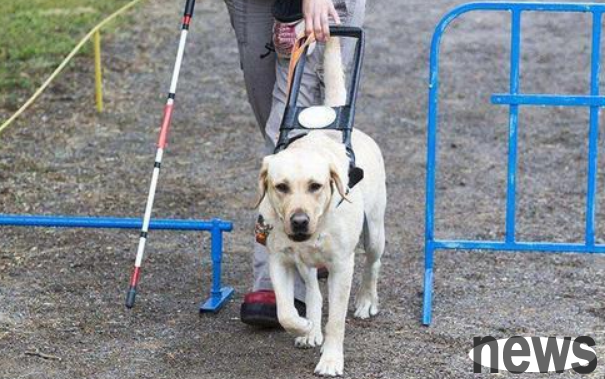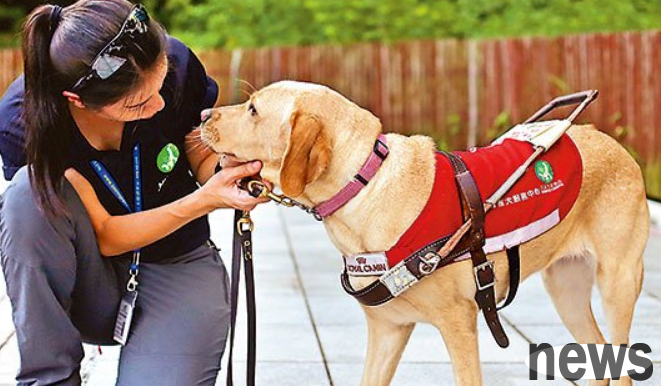As we all know, in the world of blind people, guide dogs are their eyes, and not every dog can become a guide dog. In fact, the training methods of guide dogs are cruel. Let’s take a look at the general breeds of guide dogs and how guide dogs are...
As we all know, in the world of blind people, guide dogs are their eyes, and not every dog can become a guide dog. In fact, the training methods of guide dogs are cruel. Let’s take a look at the general breeds of guide dogs and how guide dogs are selected.
There are approximately 17.31 million visually disabled people in our country, but there are less than 200 guide dogs. Why so few? Because it is not that easy to choose a guide dog. Guide dog is the leader among dogs. It is not the name of a dog breed like Shiba Inu, Husky, Teddy, etc. Most of them are Labrador and Golden Retriever. The screening process for guide dogs is very strict, and must go through stages such as breeding, fostering, work training, joint training, and assessment. The first round of dog breeds that reach the qualifying guide dog level are Labrador and Golden Retrievers. Because they are large enough, emotionally stable, friendly to people, and have strong learning abilities, the selected puppies must have pure bloodlines and must not have any record of hurting people in the past three generations.

The selected puppies will be sent to foster homes when they are two months old. The foster families cannot take care of the puppies according to personal preferences. They must conduct more than a dozen trainings for the puppies under the guidance of the dog trainer, including interacting with people, resisting temptation and interference, not biting objects, etc., as well as various good living habits, and becoming familiar with human living environments and various public places. The fostering process lasts until about 1 year old. If the puppies do not reach 60 points in the family life training evaluation, they will be eliminated. Puppies that are successfully selected will officially attend guide dog training and complete a professional course of no less than half a year. If they score more than 60 points in this round of guide dog ability training assessment, they will be officially recognized as guide dogs.

Those puppies that are eliminated will be adopted by dog trainers or original foster families and become pet dogs. Graduated guide dogs have to complete one last task before taking up their posts, and participate in at least one month of joint training with their future owners. During this stage, they will develop feelings and tacit understanding with their owners, obey their owners' instructions, become familiar with the new environment, and memorize up to 10 routes. The owner must also learn to command and take care of the guide dog. After the joint training is completed, the guide dog will become the owner's eyes, crutch partner and relative in the next ten years. Such excellent guide dogs, which are only one in a million, are randomly dropped and are rarer breed elites than giant pandas.
Okay, after reading this, do you think guide dogs have become an indispensable part of the lives of blind people?